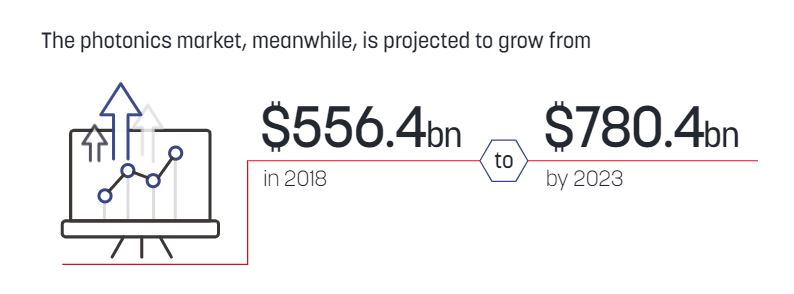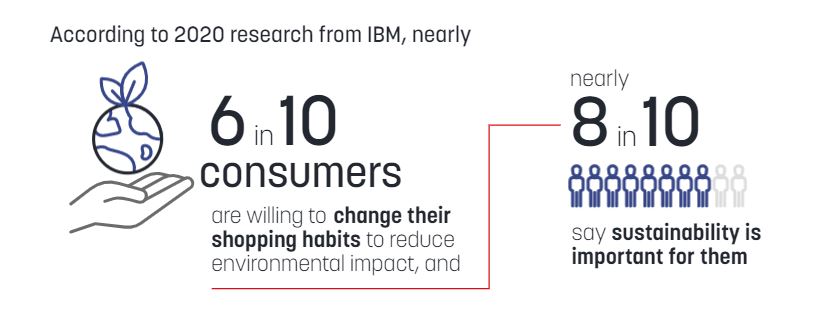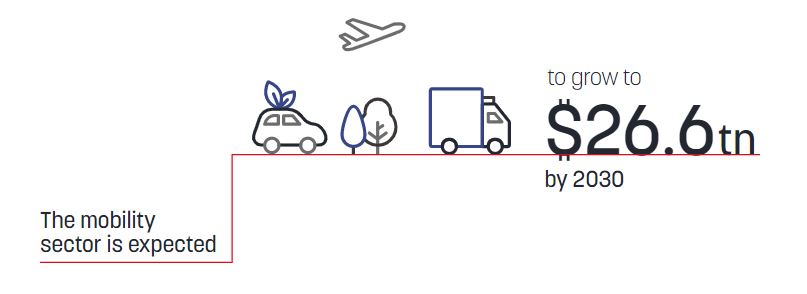
How changing demographics are transforming where our money goes
In partnership with Financial Times
Smart materials and the photonic revolution
Smart manufacturing is transforming the way we consume energy and reduce waste
We are at a crossroads. Global warming, depleted resources, the current pandemic (and the threat of more) all serve to warn us that we must foster an environment that responds to our growing human sensitivities while also protecting the Earth’s valuable materials.
Regulations, climate targets and changes in consumer demographics all have an impact on the way we approach infrastructure, construction and design. For example, the European Commission has announced it wants to double the rate of energy-related building renovation by 2030. The way towards this sort of target is, at least partly, to be found in the innovation of smart materials, improving performance and longevity of renewable energy installations, and helping to reduce energy consumption of buildings, vehicles and products.
At the same time, our lifestyles now depend on smart technology, and we are increasingly reliant on AI for a range of everyday activities. This need for more efficient energy consumption, more intelligent environments and longer product life spans are driving smart material innovation.
What are smart materials?
Smart materials can be broadly categorised as property-changing materials, energy-exchanging materials and material-exchanging materials, with three key trends emerging: nanomaterials, bioplastics and photonics.
The strong and lightweight qualities of nanomaterials – materials with at least one dimension or aspect below 100nm – have multiple applications in the construction and automotive sectors. Bioplastics can have bio-based sources, such as sugarcane or corn, or be engineered; according to European Bioplastics research, global production capacities will increase from around 2.11m tonnes in 2020 to around 2.87m tonnes in 2025.

Applications for light-based technologies are growing every day, and are used widely, from communication displays to medtech.
Consumers are changing their priorities and spending preferences, and the technology is enabling these new behaviours.

The value for investors in all of this, says Juan de Dios Sanchez-Roselly, global investment strategist at Santander Private Banking, is in the interface of technological innovation and human behaviour. “Using materials that are able to respond to stimuli, moisture and sound, and provide information to machines and devices will transform the way we use energy,” he says.
"This, in turn, will create innovation opportunities in building, aviation, automotives and infrastructure, enhancing customer experience."
Juan de Dios Sánchez-Roselly
Global investment strategist at Santander Private Banking

The business of smart materials
Investment is being channelled into these pioneering technological solutions to climate change, whether they improve energy efficiency, help provide renewable storage solutions or transform how we live and work.
Mobility-as-a-Service (MaaS), electric vehicles (EV) and autonomous vehicles are changing how we travel – and investment opportunity has changed with it.

The mobility sector is expected to grow to $26.6tn by 2030. As autonomous vehicles start to become more mainstream, smart materials will play a greater role in their design. Lightweight material content is expected to rise from 29 per cent in an average car to 67 per cent by 2030. It is predicted that photonic sensors will be used increasingly for these more advanced autonomous functions. These advanced functions, in turn, will become a driver for consumer behaviour.
There is also a huge opportunity to rethink the way we construct houses, buildings and infrastructure using technology. Nanotechnology is gaining traction in the industrial sector, offering benefits such as adjustable conductivity, air-purifying capacities and a lower CO2 footprint. “How we build is going to change dramatically in order to achieve zero emissions,” says Sanchez-Roselly, “Everything will be designed with recycling and smart manufacturing in mind, and all of this is linked to the fourth industrial revolution.”
Investors are looking for cutting-edge innovations that result in positive environmental outcomes and energy efficiency, as well as providing profitability. Smart materials have the potential to transform the ways in which we consume energy and reduce waste, and the opportunities presented by this are ripe for those who seek sustainable breakthrough returns.

How changing demographics are transforming where our money goes

What does the patient of the future look like?

Explore the markets and businesses powering the electric car revolution